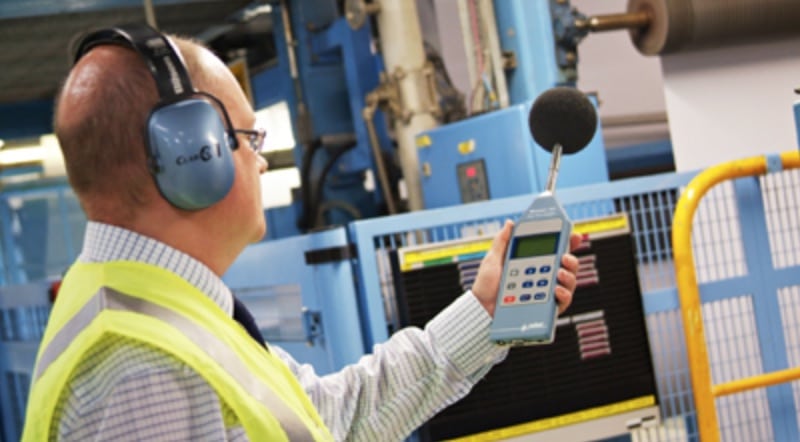Noise risk assessment is an important part of ensuring a safe and comfortable workplace environment. By conducting a noise risk assessment, businesses can identify potential sources of noise pollution in the workplace and recommend solutions to reduce it. This can include the installation of soundproofing materials, such as acoustic foam, to absorb sound; the use of noise-canceling devices to reduce sound transmission; and the implementation of noise control policies, such as work hours and noise limits.
If you want to reduce noise pollution, then you may navigate here.

Image Source: Google
Identifying Potential Sources of Noise Pollution
Noise risk assessment can help businesses identify potential sources of noise pollution in the workplace. By conducting a noise risk assessment, businesses can identify areas where soundproofing materials, such as acoustic foam, need to be installed. They can also identify potential sources of vibration, such as HVAC systems, and recommend solutions to reduce them.
Reducing Noise Transmission
Noise risk assessment can help reduce noise transmission in the workplace. By conducting a noise risk assessment, businesses can identify areas where soundproofing materials, such as acoustic curtains, need to be installed. They can also identify potential sources of noise transmission and recommend solutions to reduce them, such as using noise-canceling devices.
Implementing Noise Control Policies
Noise risk assessment can also help businesses implement noise control policies. By conducting a noise risk assessment, businesses can identify areas where noise control policies, such as work hours and noise limits, need to be implemented. This can ensure a safe and comfortable environment for employees and customers.
Conclusion
Noise risk assessment is an important part of ensuring a safe and comfortable workplace environment. By conducting a noise risk assessment, businesses can identify potential sources of noise pollution and recommend solutions to reduce it, such as the installation of soundproofing materials, the use of noise-canceling devices, and the implementation of noise control policies.